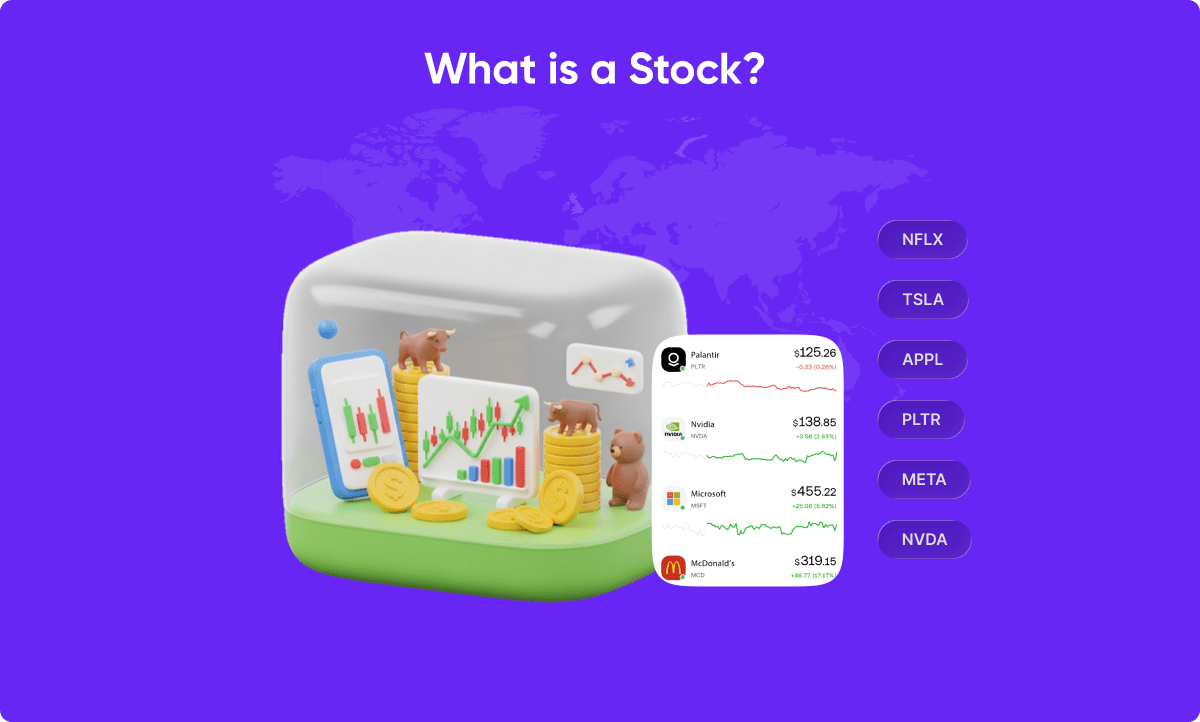In finance, a “stock” represents fractional ownership in a company. When you buy a share, you own a small part of that business and gain certain rights as a shareholder.
Traders and investors buy, sell, or hold stocks to profit from price movements or dividend income. Owning a stock signifies belief in a company’s future growth and profitability. Many beginners learn How to Buy and Sell Stocks Online through educational platforms or a reliable broker before placing their first trade.
Stocks are primarily traded on global stock exchanges, where buyers and sellers meet to determine prices. There are over 60 active exchanges worldwide, with the largest being the New York Stock Exchange (NYSE), boasting a market capitalization exceeding $25 trillion USD. Other large stock markets include the NASDAQ, the London Stock Exchange and the Hong Kong Stock Exchange.
When you trade on these markets, you act as either a buyer or a seller. Because there is a limited number of shares in each company, prices fluctuate based on supply and demand. If investor demand rises, the share price typically increases; if demand weakens, prices tend to fall. Market sentiment, economic data, and company performance all influence these price movements. A reputable shares trading broker can provide access to these markets, tools for analysis, and educational resources to help investors make informed decisions.
There are tens of thousands of different stocks listed on major exchanges, traded daily by millions of participants. Many investors focus on blue-chip stocks, which are established companies with strong fundamentals and a history of stable performance.
There are also traders who prefer growth stocks; companies with high potential but limited current profitability, often priced on future expectations. Technology giants such as Apple, Amazon, Alphabet, Microsoft, Meta, Tesla, and NVIDIA are common examples of stocks that combine innovation with strong market presence. Others diversify beyond equities by exploring indices trading, allowing them to speculate on the overall performance of stock markets rather than individual companies.

There are two main types of stock: common and preferred.
In CFD trading, you do not own the underlying stock but can still speculate on price movements. CFD traders may receive dividend adjustments and are impacted by key events such as earnings reports, which can move the stock’s price significantly.
Working with a trusted CFD trading broker ensures access to a wide range of global markets, leverage options, and transparent trading conditions.
Finally, to manage investments effectively, traders often learn How to Build a Stock Portfolio that balances risk and return across different sectors and asset classes.